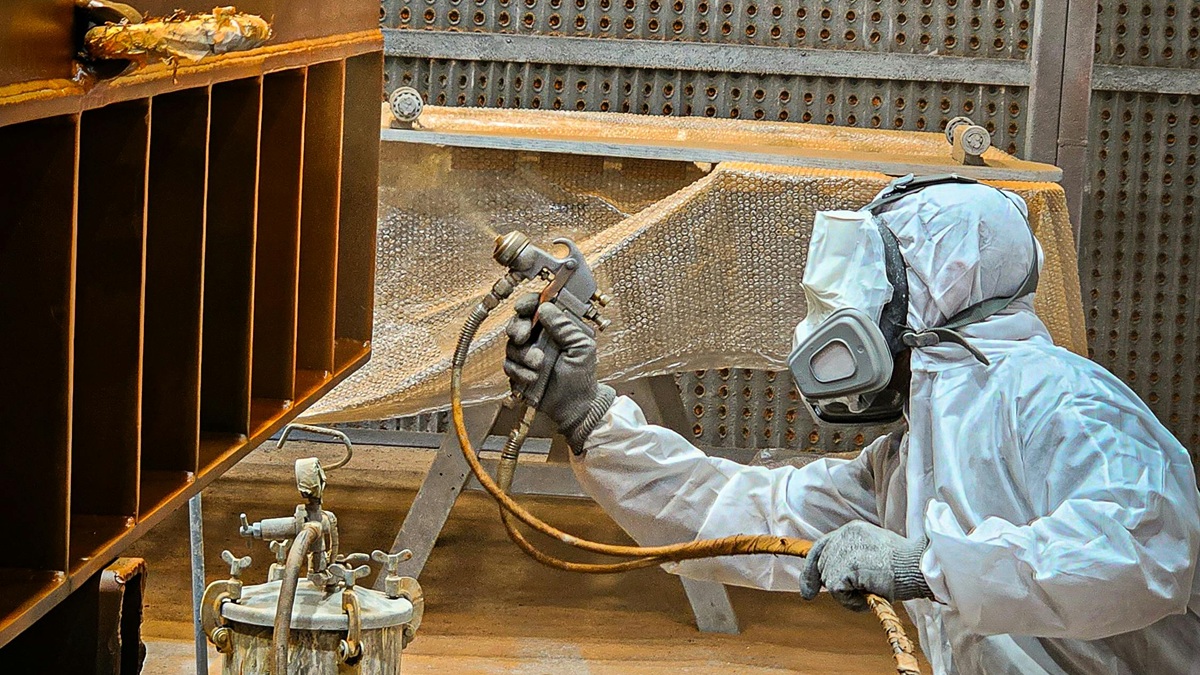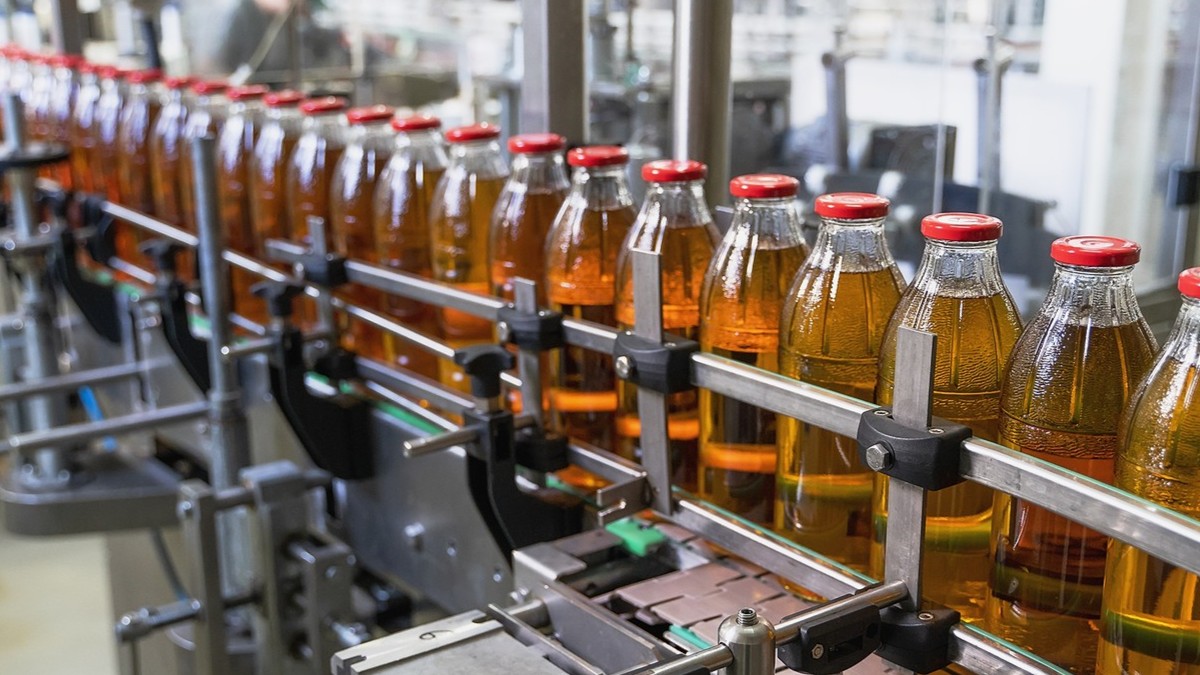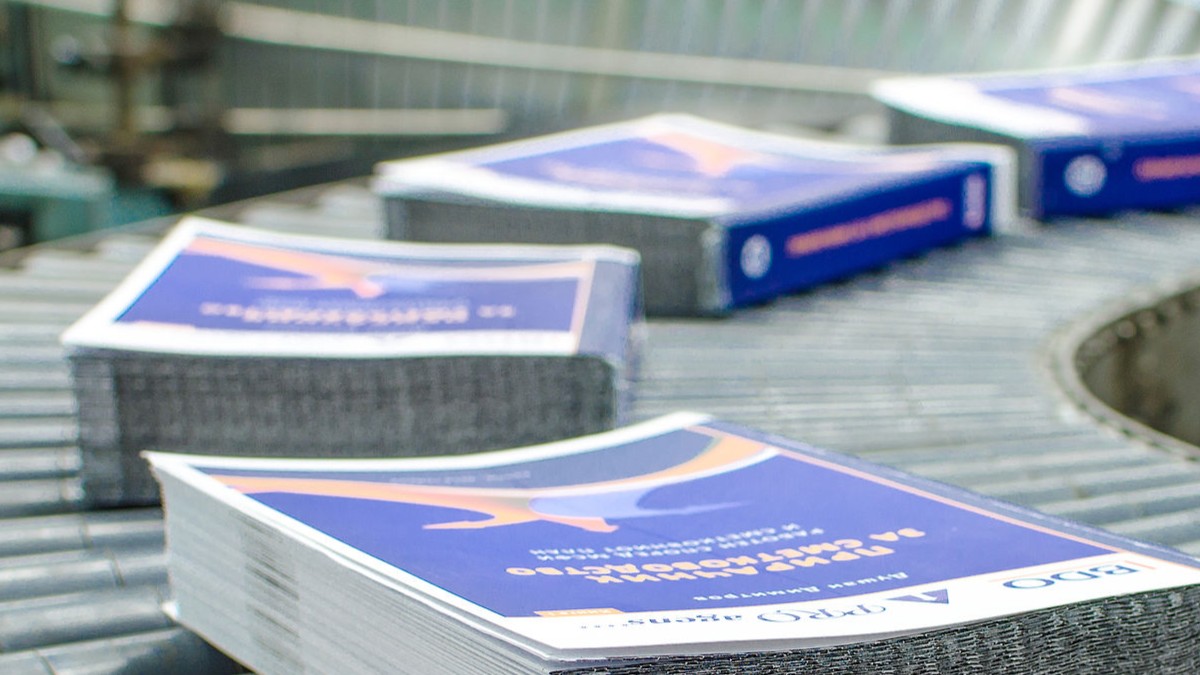Factory material handling is undergoing a major evolution! From traditional manually operated forklifts and conveyor belts to smart equipment equipped with sensors, AI, and IIoT, these machines do more than just move materials—they’ve become “decision-making partners” connecting production, warehousing, and the supply chain. Real-time monitoring, predictive maintenance, and dynamic scheduling boost efficiency, cut costs, and reduce accidents. Leading factories worldwide are already achieving impressive results with smart material handling. In the future, forklifts and AGVs will be capable of self-diagnosis, cross-plant collaboration, and even intelligent energy management, steering the rhythm of the entire factory. Are you ready to embrace this smart logistics revolution?
In the past, a factory’s internal logistics competitiveness relied almost entirely on the performance of the machinery and the skill of its operators. However, with the rise of digitalization and smart manufacturing, material handling equipment is no longer just a simple transport tool—it has become a critical “data node” linking production, warehousing, and the supply chain. Using Industrial IoT (IIoT) technology, modern forklifts, AGVs (Automated Guided Vehicles), and other handling equipment are equipped with sensors that collect operational data in real time and transmit it to visual management platforms, providing data-driven support for decision-making.
This transformation brings three major benefits:
- Real-time monitoring and remote management: Managers can instantly track the operational status of each piece of equipment, including location, speed, and task progress, while using cloud platforms for remote supervision.
- Predictive maintenance: Sensors issue alerts before any equipment anomalies occur, allowing maintenance teams to address issues early, preventing minor problems from turning into costly downtime and reducing repair costs and losses.
- Dynamic scheduling optimization: The system can adjust handling routes and task assignments in real time based on production and transport needs, minimizing empty runs and wait times while maximizing resource utilization.
The Smart Transformation of Material Handling Equipment
Traditional material handling equipment, such as forklifts, conveyor belts, and overhead cranes, is reliable but often difficult to monitor in real time in terms of operational status and maintenance needs. With the introduction of Industrial IoT (IIoT), these machines can be equipped with sensors, RFID tags, GPS tracking, and laser scanners, sending operational data instantly to a central system. Through an IoT platform, factories can analyze performance data in real time, quickly detect abnormal patterns, and automatically adjust production parameters to respond to demand fluctuations or supply chain changes.
This transforms handling equipment from being merely transport aids into true “smart nodes” that synchronize production rhythms and supply coordination. Factory managers can monitor the status of machines at any time, and if the system detects an anomaly, it immediately alerts the maintenance team for quick action. At the same time, predictive alerts allow issues to be addressed in their early stages, reducing downtime, extending equipment lifespan, and minimizing the risk and cost of unexpected major repairs.
Smart Case Study: Material Handling Machines in the IIoT Era
Advanced factories around the world have already deeply integrated IIoT with material handling equipment, creating a significant competitive advantage.
A typical example is Yaskawa Electric’s demonstration factory in Japan. Its “Solution Factory” fully combines IoT, AI, and automated material handling technologies, boosting production efficiency to three times that of a traditional factory and shortening production cycles to one-sixth of the original. Inside the plant, 28 AGV docking stations and 18 AGVs operate shuttle-style, handling cross-line material transport and empty box retrieval, achieving high-density, high-efficiency logistics operations.
In China, Dongguan Memory Technology’s 5G smart factory connects equipment, materials, and environmental monitoring devices through a 5G network. All production data is centralized on a single platform for real-time risk prediction and defect analysis. Leveraging cloud computing and big data analytics, the factory can instantly adjust production and material handling rhythms and dynamically optimize work order allocation, flexibly responding to rapidly changing order demands.
In Europe and the U.S., smart warehousing is also developing rapidly. For example, Amazon has deployed robots and automation systems extensively across its global warehouses. Using a central control platform and algorithms to optimize inventory paths, it not only speeds up order picking but also significantly reduces labor costs, setting a benchmark for smart logistics.
The Three Driving Forces Behind the Smart Logistics Wave
- Real-time supply and demand response
Manufacturers are striving for “zero-delay” material supply and shipment, and data-driven handling equipment is key to achieving this goal. Through IoT systems, material handling machines can instantly adjust task priorities and travel routes based on demand fluctuations. For example, the system can synchronize production parameters to respond to sudden orders or changes on the production line. When handling robots receive urgent tasks, they automatically reroute to avoid idle time and congestion, significantly improving production flow and overall resource utilization.
- Workforce optimization and safety enhancement
IIoT platforms can monitor operations in real time, significantly reducing accident rates. For instance, Sompo Risk in Japan offers a forklift safety solution that uses AI-based image analysis to monitor driver behavior, detecting high-risk actions like sudden acceleration or sharp turns and providing immediate operational guidance. Combining onboard cameras with AI analytics not only improves driving habits and prevents accidents but also reduces reliance on high-intensity manual handling, allowing personnel to focus on higher-value supervision and maintenance tasks.
- End-to-end data integration
In smart factories, material handling equipment has become a critical node in the data network, bridging information gaps between warehousing, production, and shipping. Through IoT connectivity, data flows seamlessly between Manufacturing Execution Systems (MES) and Enterprise Resource Planning (ERP) systems, supporting end-to-end decision optimization. For example, some smart factories automatically link material numbers, inventory status, and production schedules, enabling more flexible material distribution, faster inventory turnover, and dramatically increased overall logistics efficiency.
AI and 5G Usher in a New Era of Smart Material Handling
As AI, 5G communication, edge computing, and cloud analytics continue to mature, material handling equipment is evolving from simply “following orders” to making autonomous decisions based on massive data streams. The future of smart material handling is likely to follow several key trends:
- Self-diagnosis and predictive maintenance
Future handling machines will continuously monitor the health of their components and automatically schedule maintenance, drastically reducing the risk of unexpected breakdowns. For instance, some manufacturers are developing forklifts with built-in AI diagnostic systems that use algorithms to accurately predict battery life and mechanical wear, triggering preventive maintenance ahead of time.
- Cross-facility collaborative logistics
Through cloud platforms, factories distributed across multiple locations can achieve centralized logistics scheduling, enabling cross-facility coordination. When global supply chains are highly integrated, data and resources can be shared in real time, further boosting handling efficiency across the enterprise.
- Intelligent energy management
Future material handling vehicles will automatically switch to the optimal energy mode based on operational demands—for example, using hydrogen fuel for heavy loads and lithium batteries for short-distance warehouse runs—balancing performance and carbon reduction. Integrated with energy management systems, warehouses can automatically plan charging and refueling strategies to ensure stable 24/7 operation.
- From “transport tool” to “decision partner”
Empowered by IIoT, forklifts and AGVs equipped with sensors and AI algorithms will no longer be mere transport vehicles but integral parts of smart decision-making, capable of responding instantly to supply chain changes and recommending optimal actions.
Overall, material handling equipment is moving toward intelligence at an unprecedented pace. In this wave of smart logistics transformation, keeping a close eye on cutting-edge technologies and real-world applications will be crucial for manufacturers to maintain a competitive supply chain advantage.



.jpg)










.jpg)